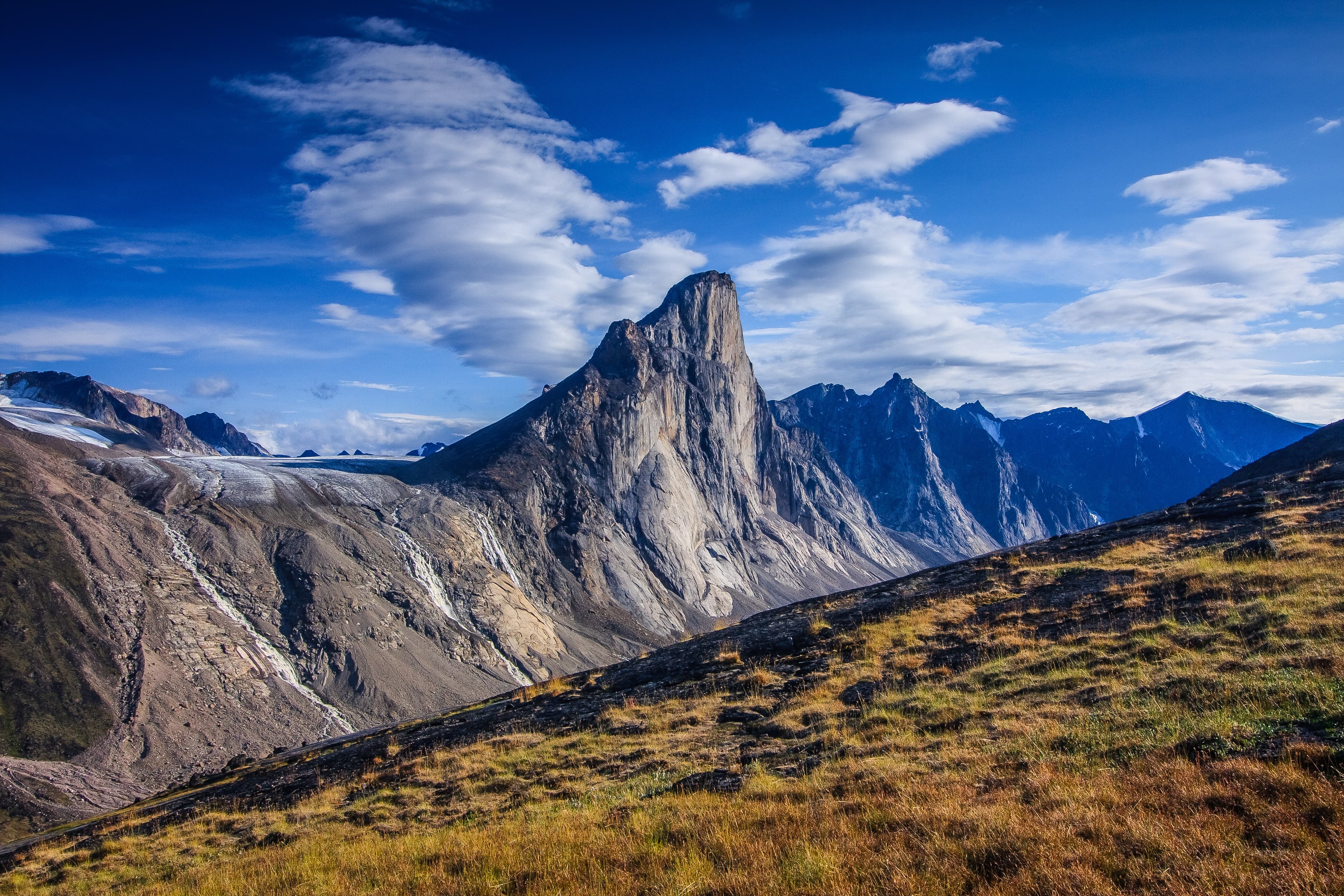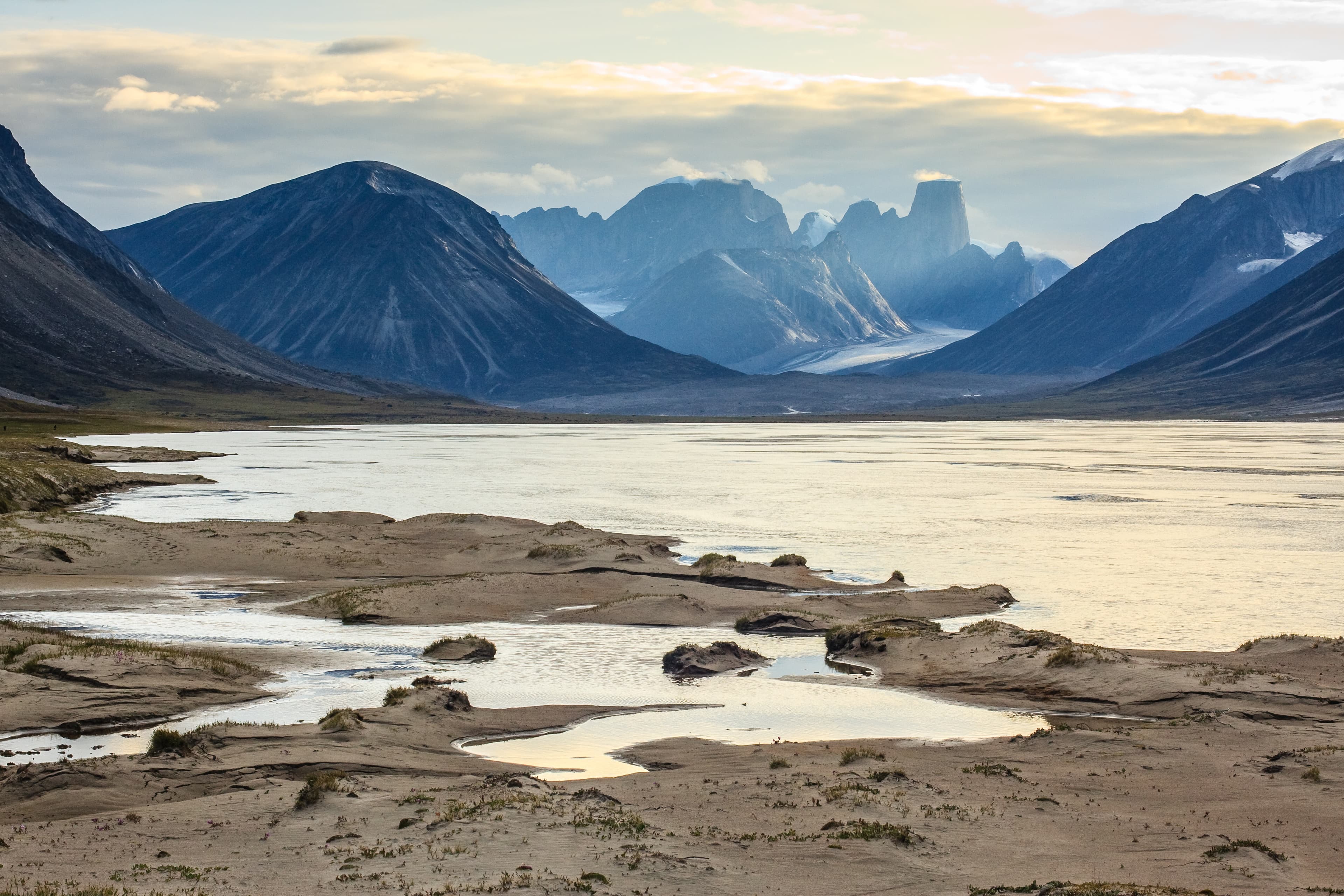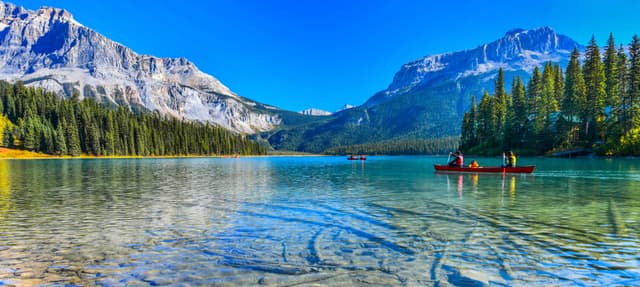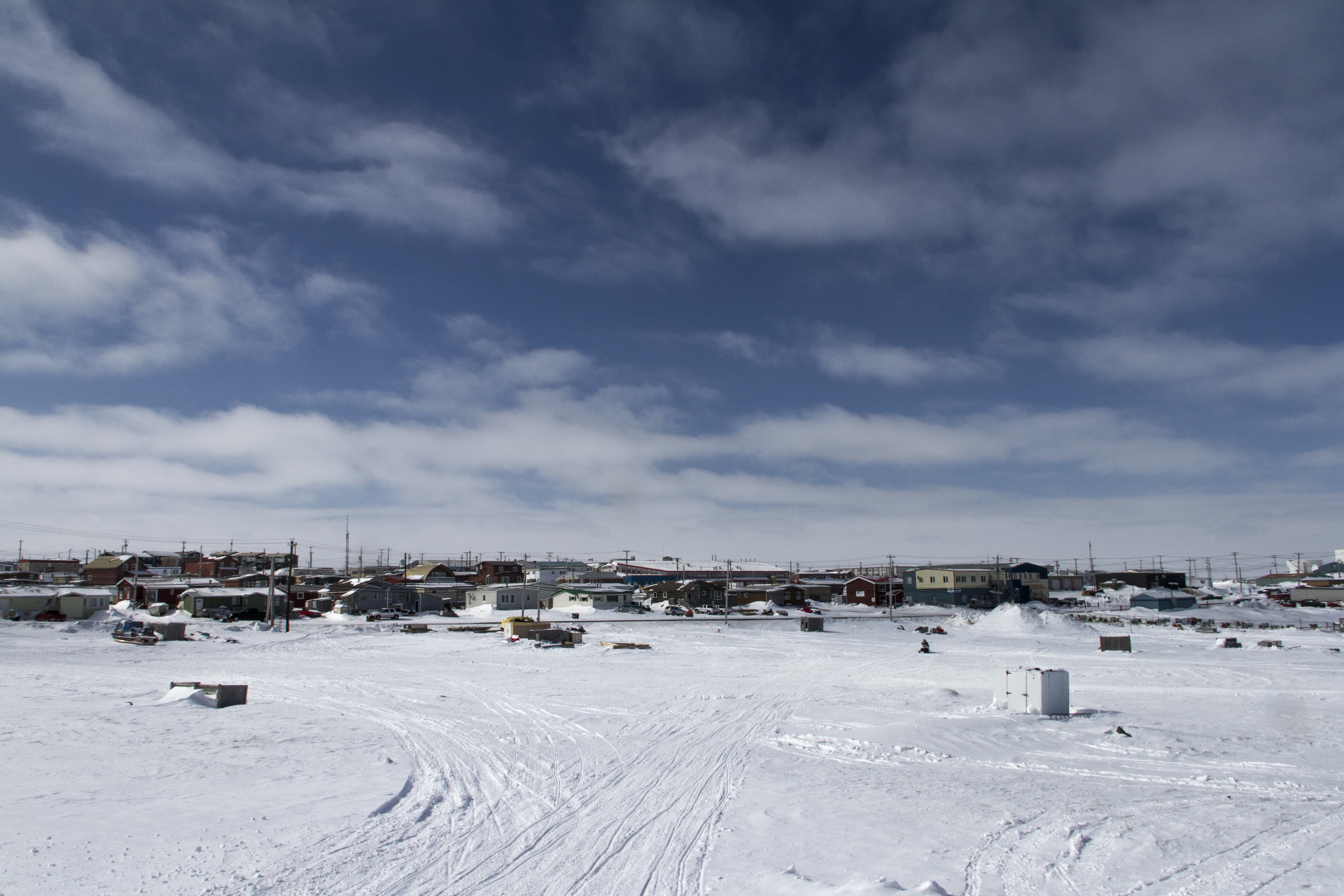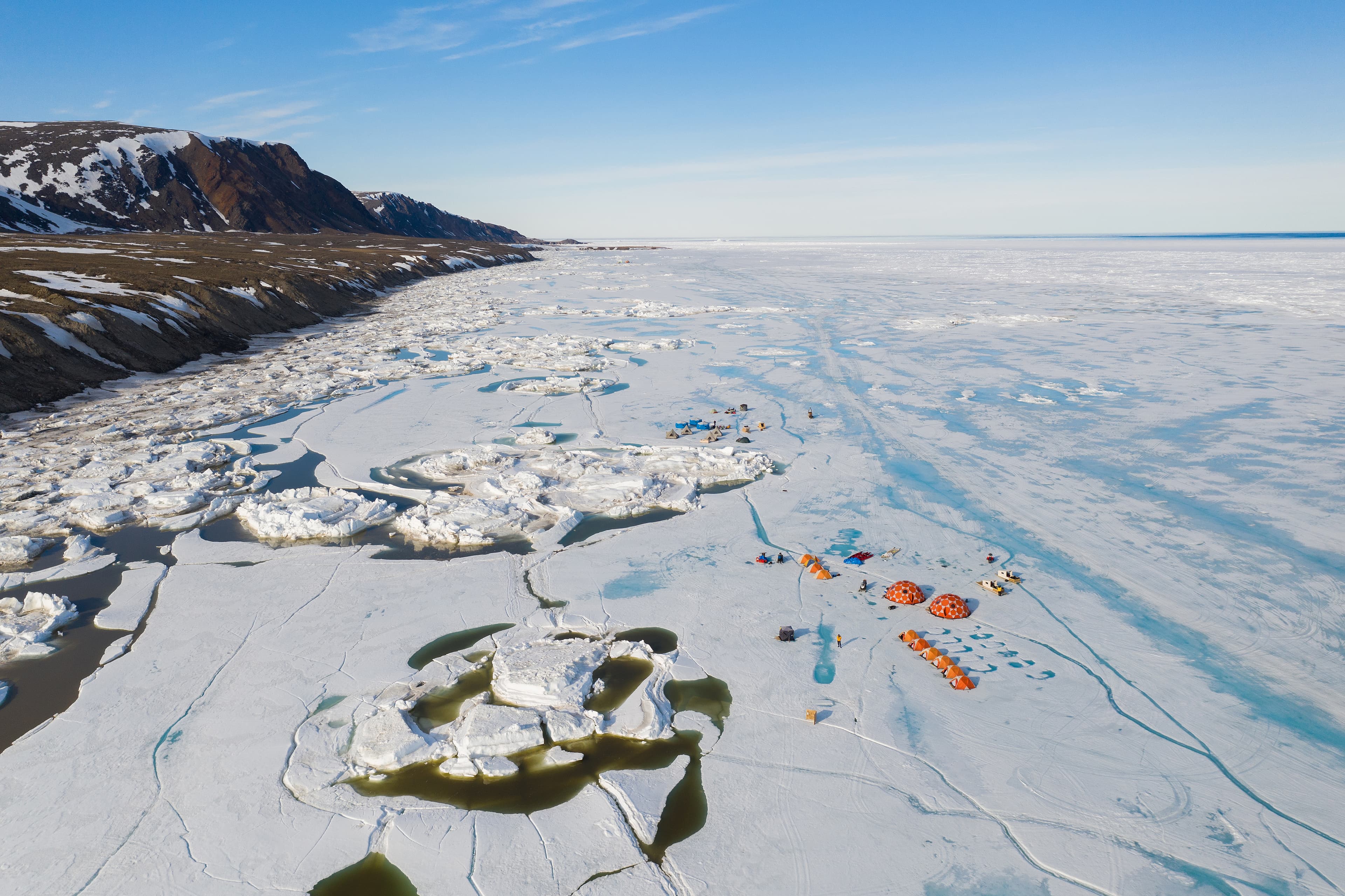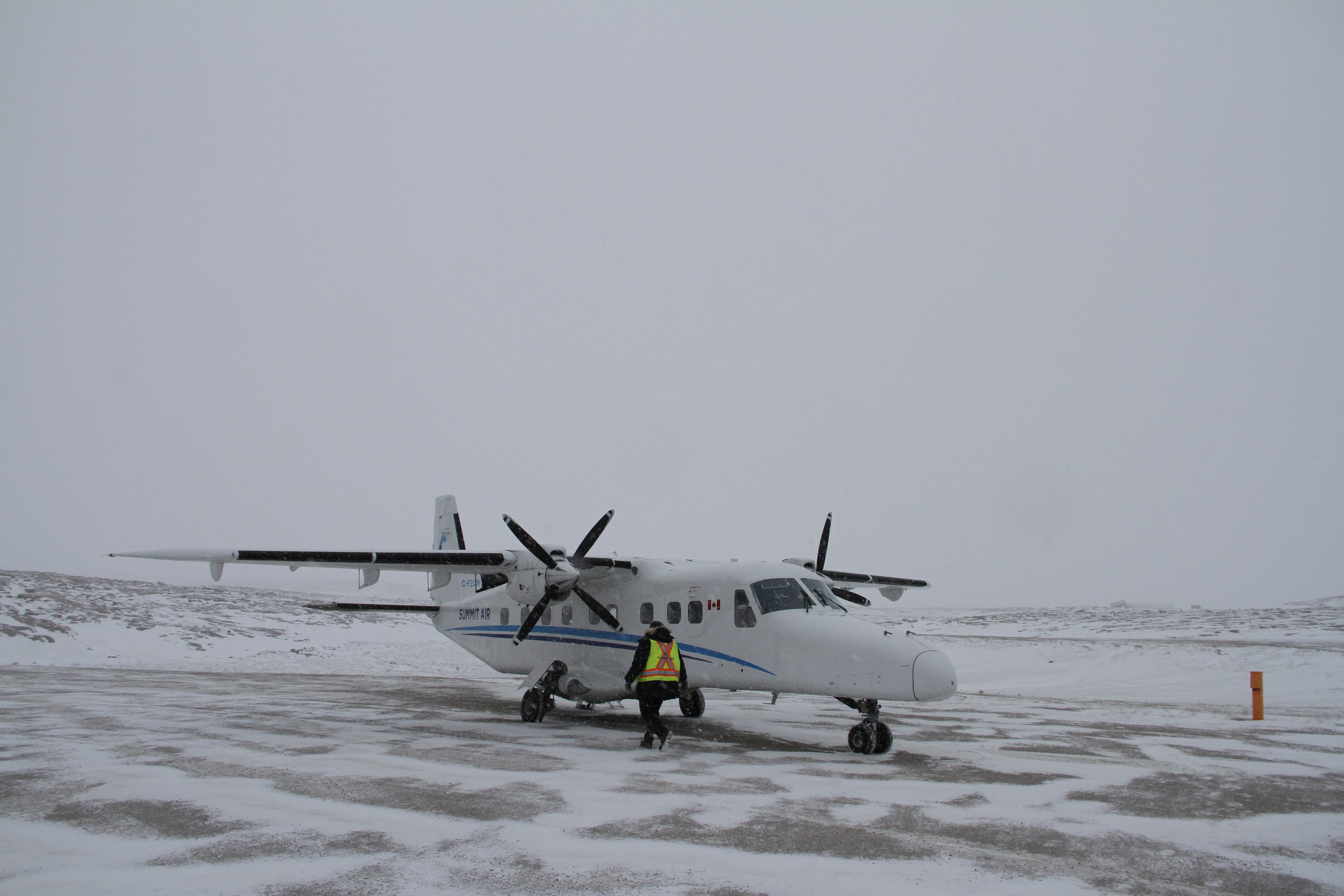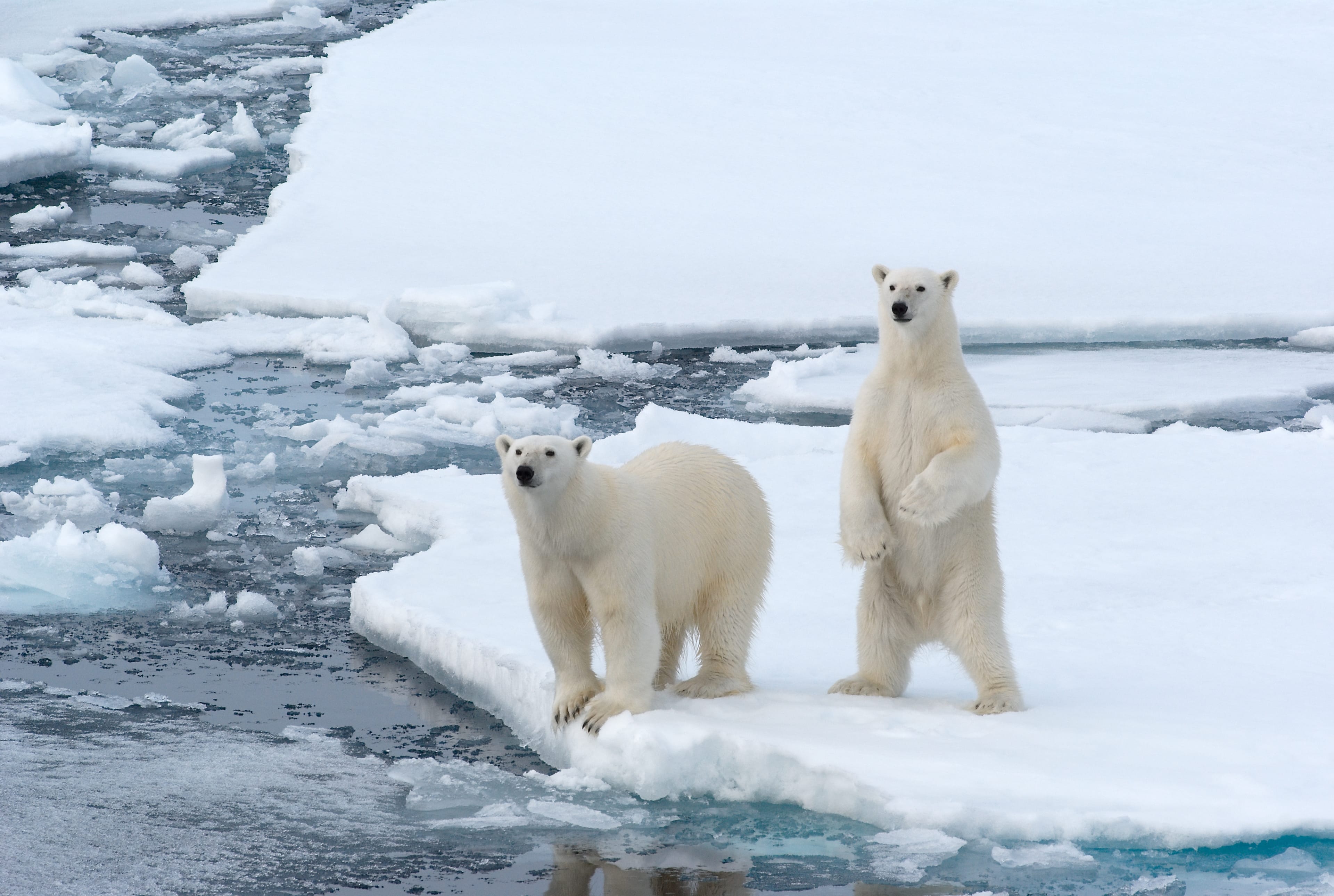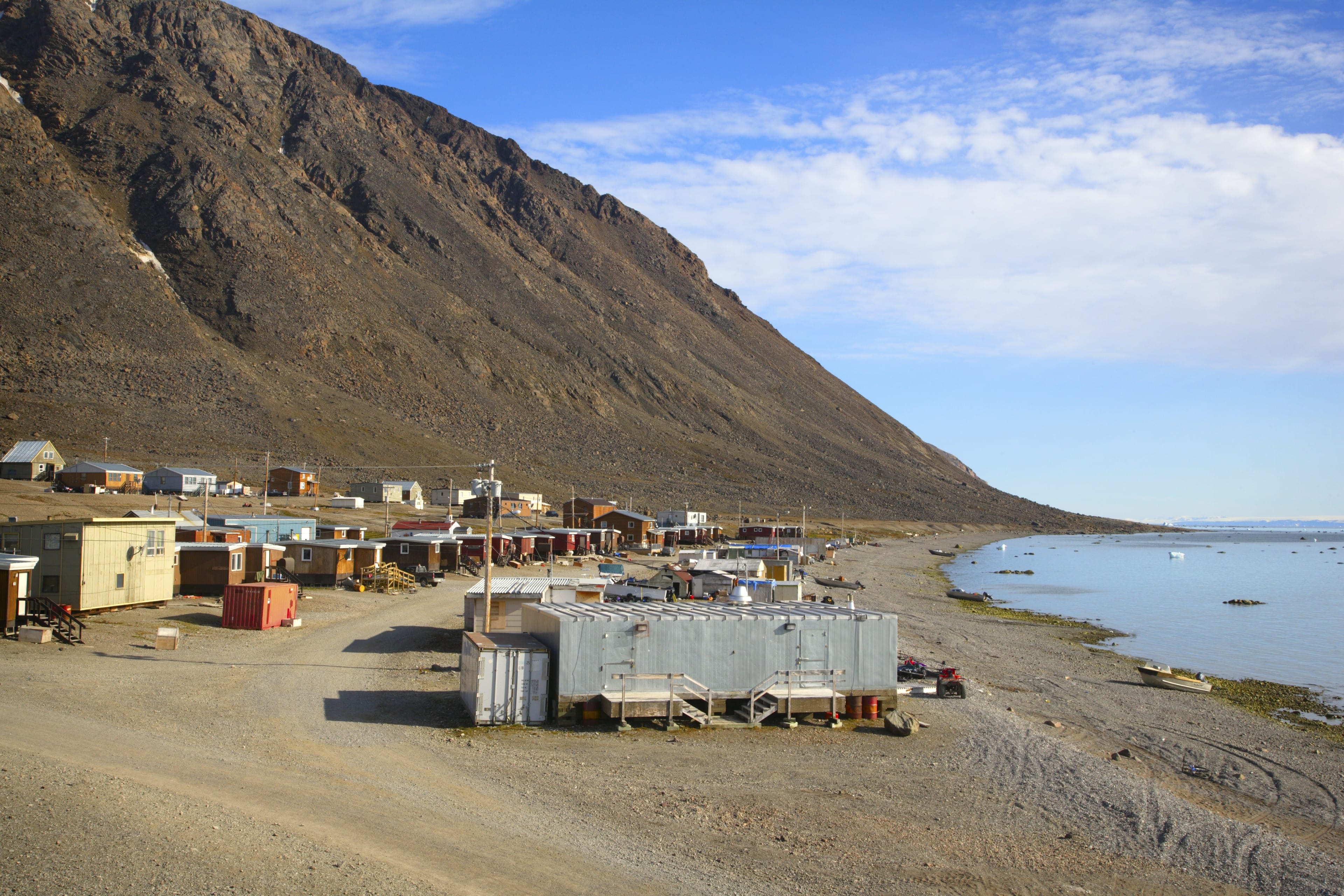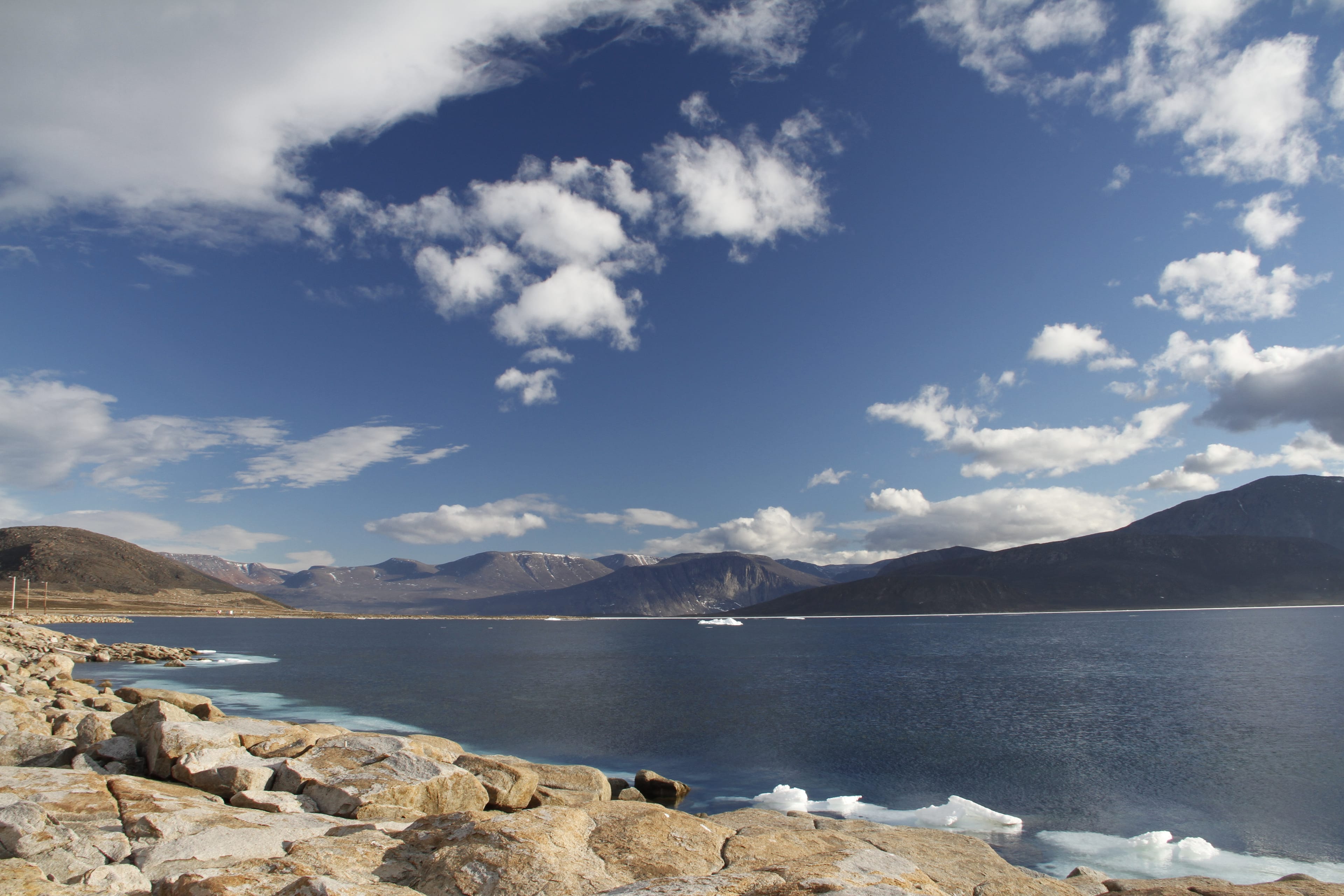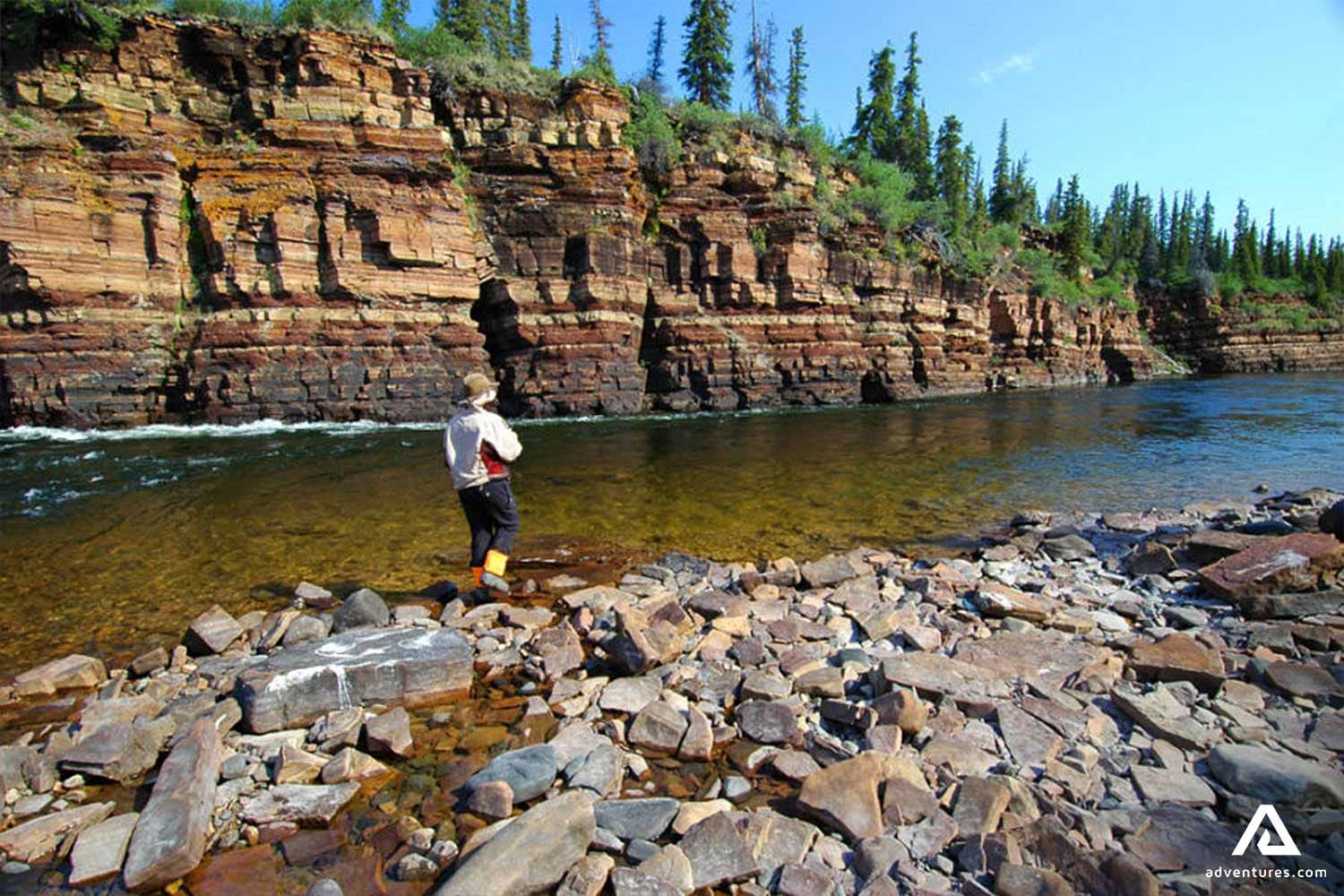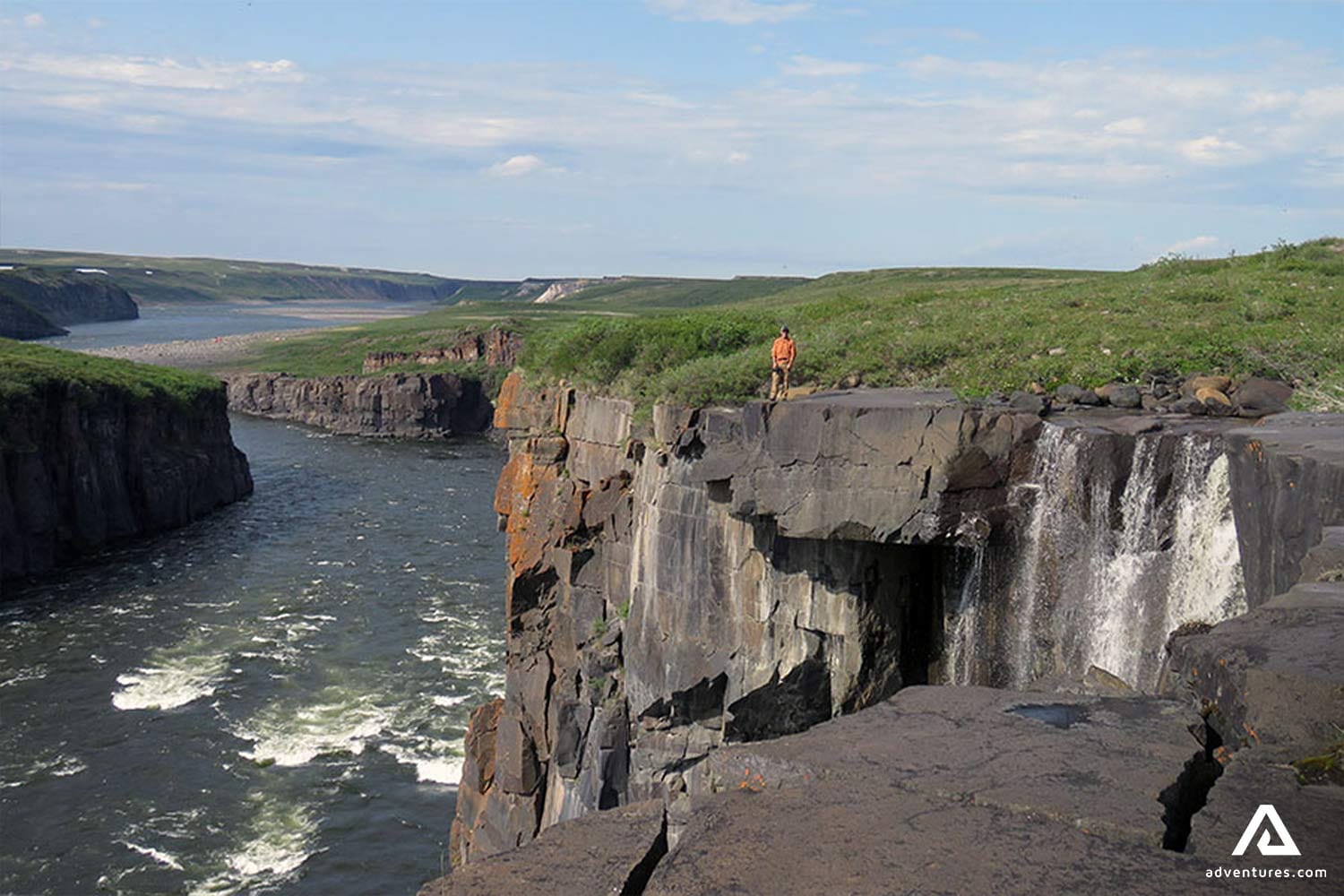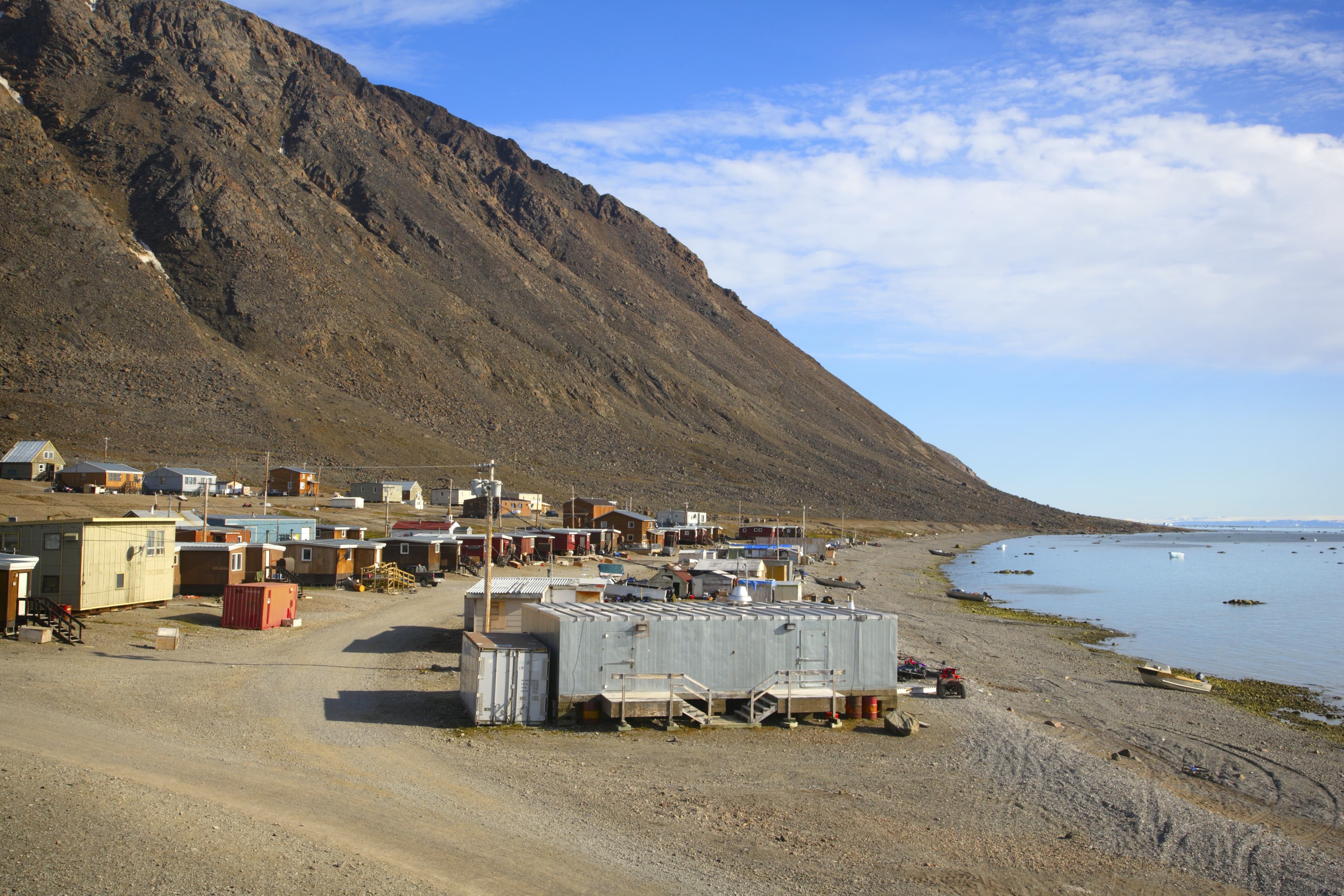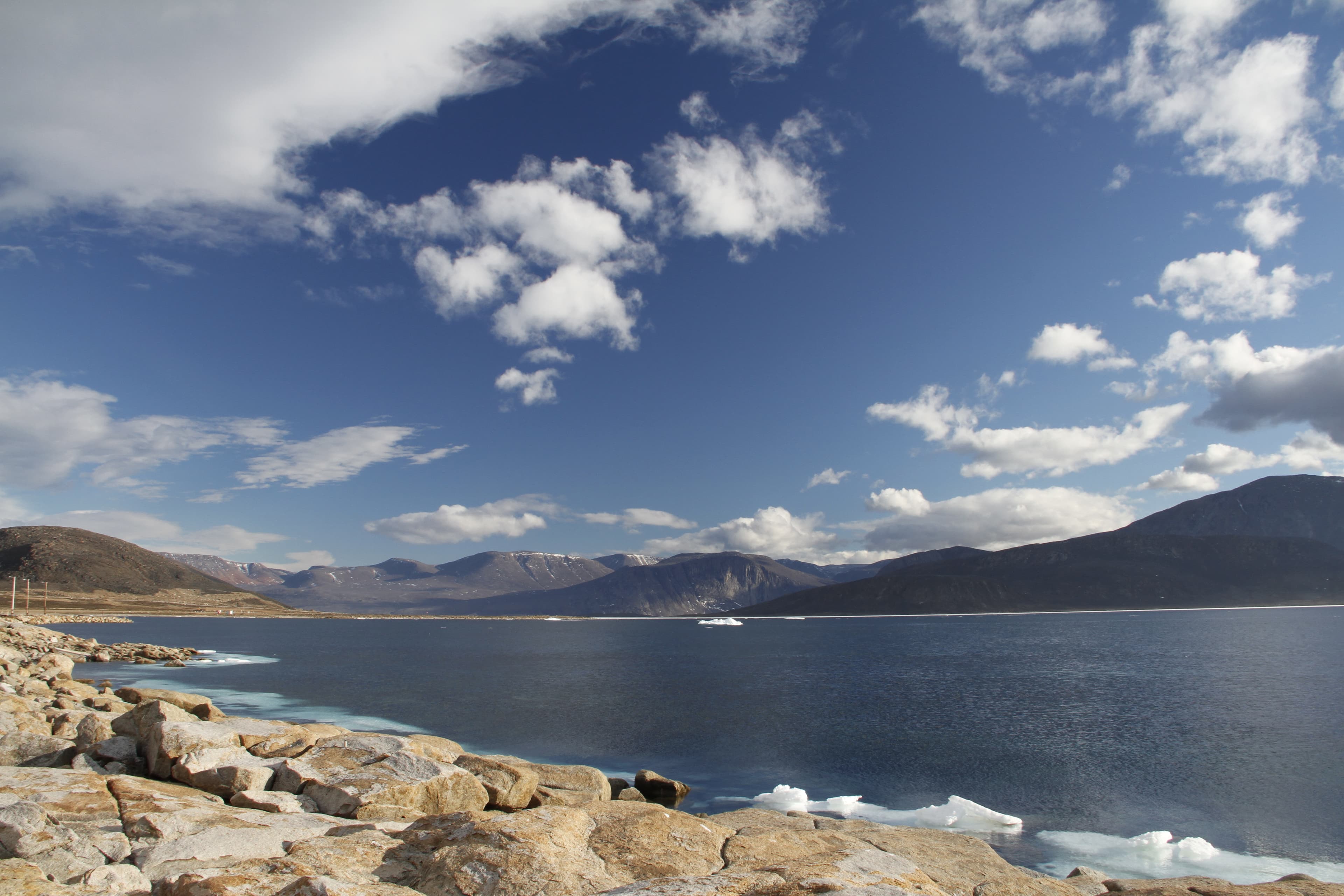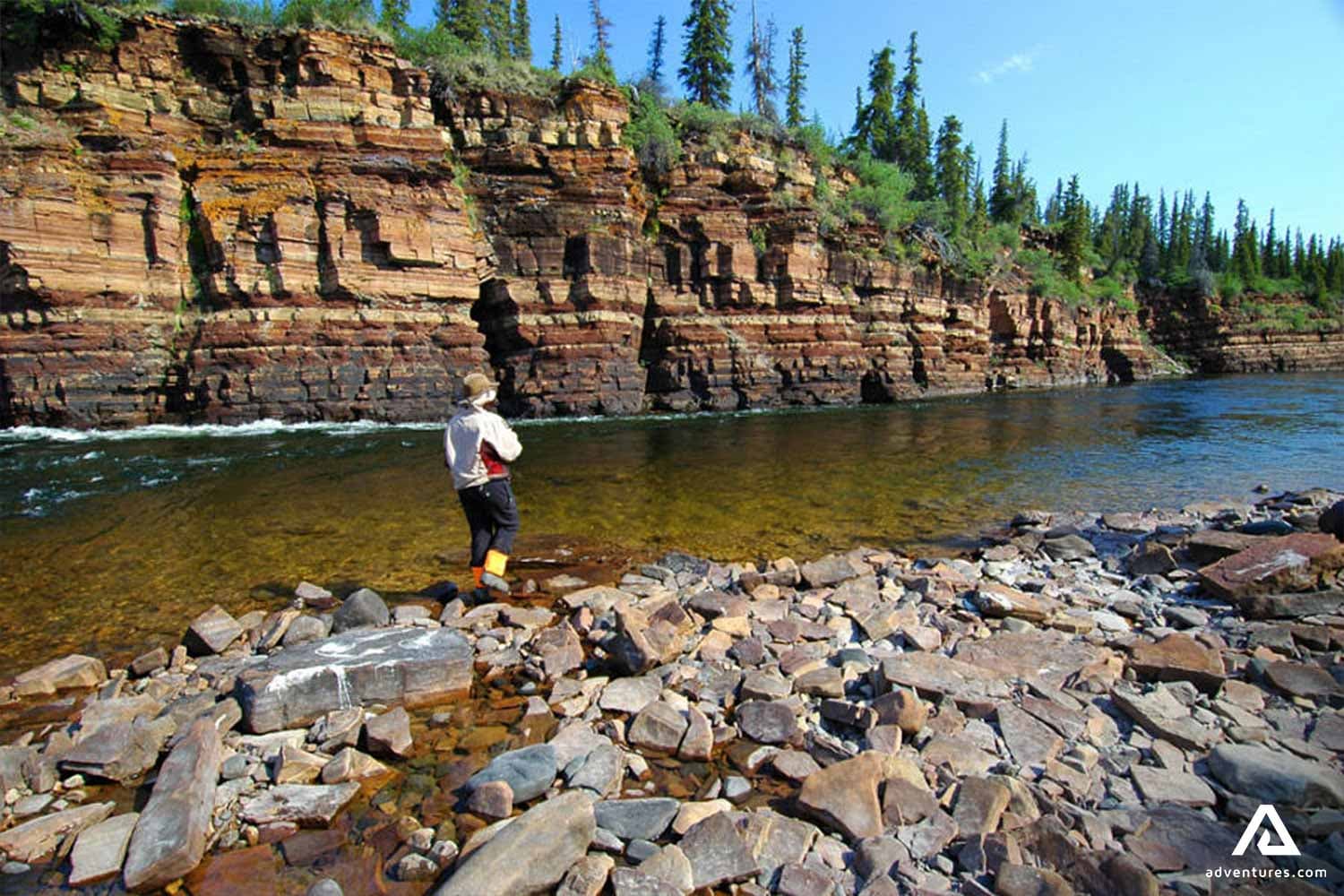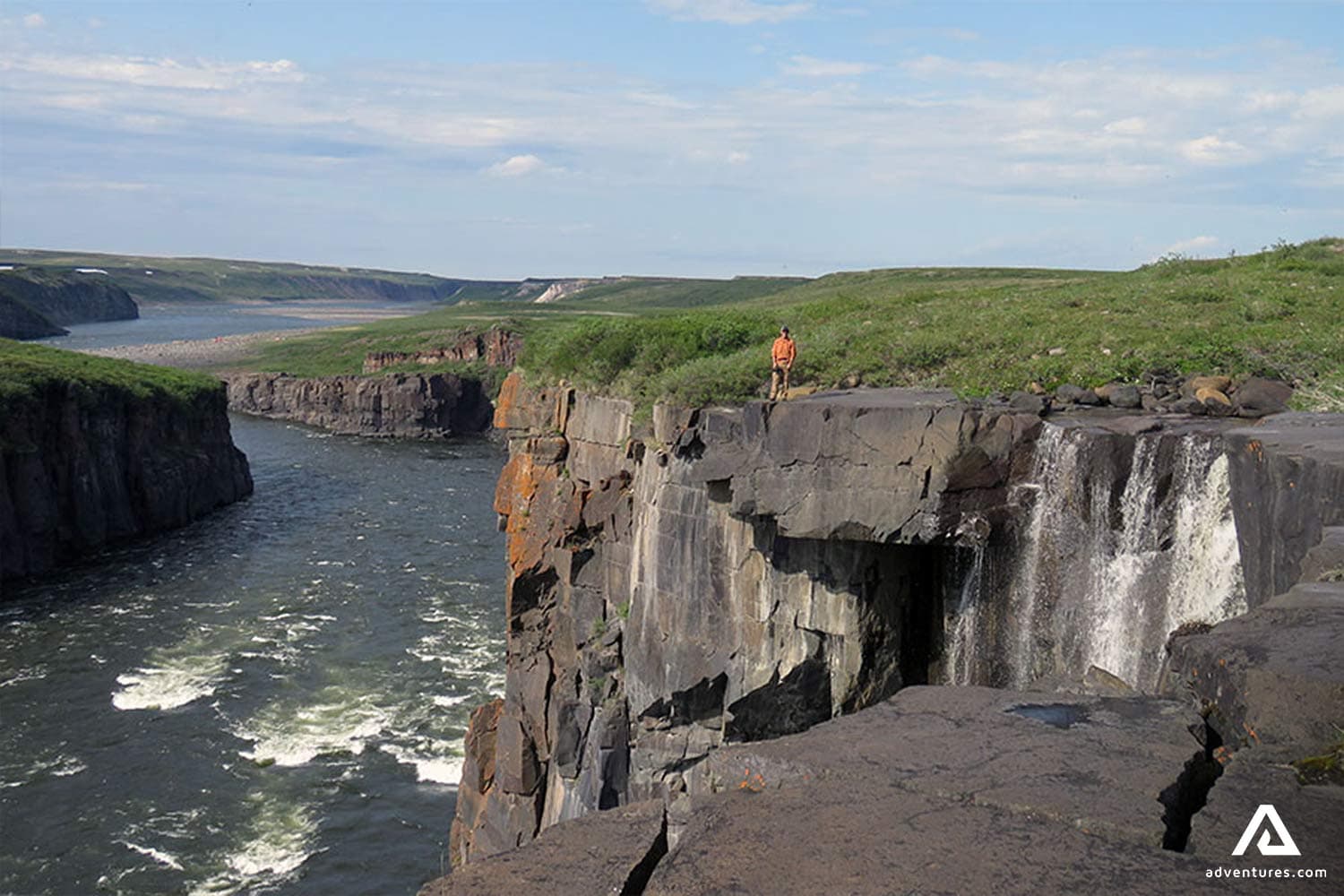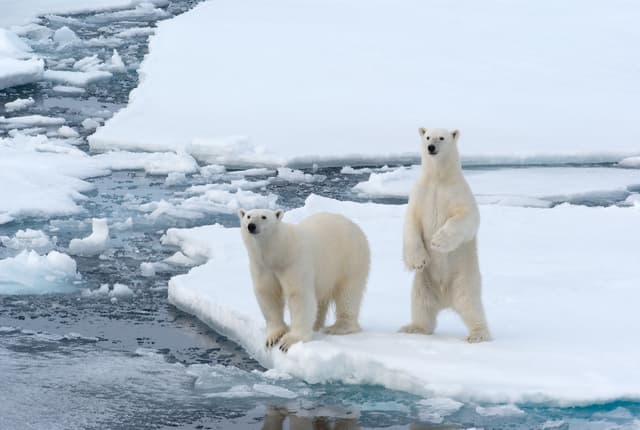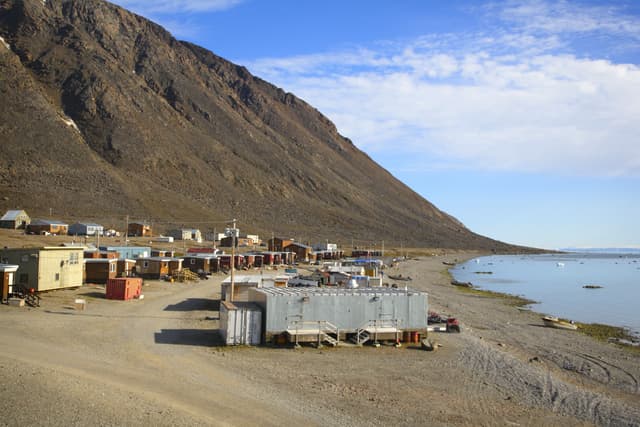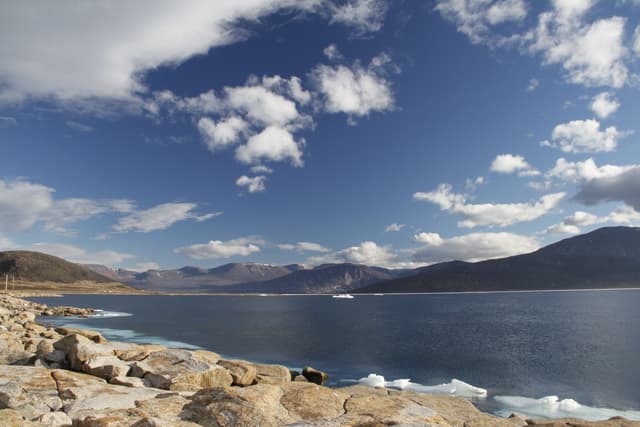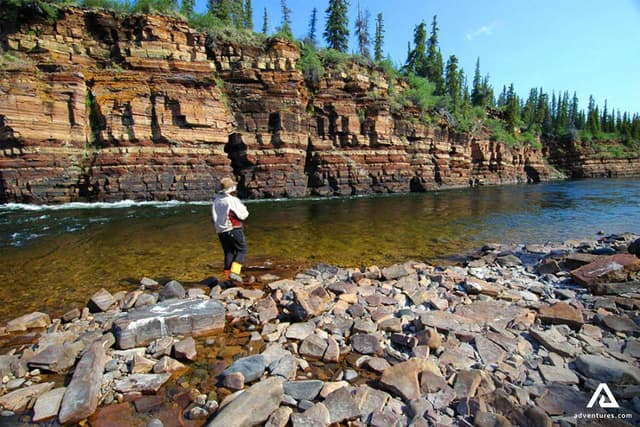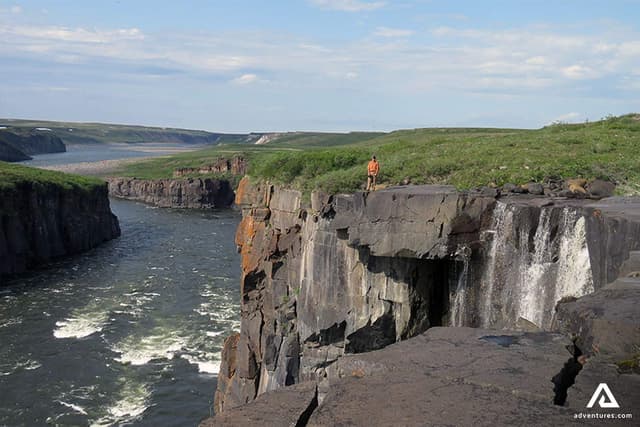Nunavut
Experience Nunavut’s Arctic Landscapes

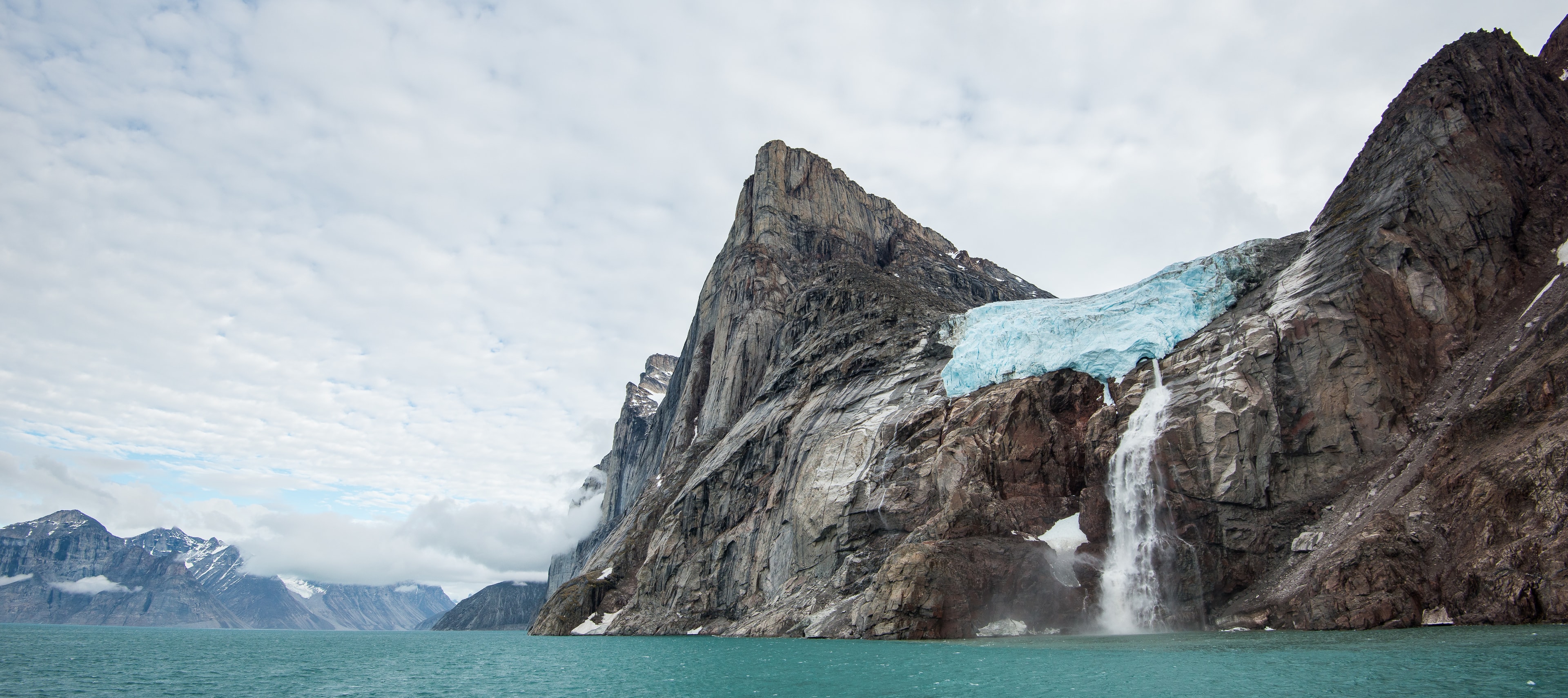
Dramatic coastlines, Arctic wildlife, and Inuit culture await you in Canada’s newest territory of Nunavut. Established in 1999, Nunavut is the largest territory in the country and represents Canada’s true Arctic. Although it’s the largest territory in the area, Nunavut is also the least populated in Canada with only about 35,000 people, mostly of Inuit descent.
On our Nunavut guided tours, backpack the world's most remote areas, spot mythical narwhals, and cruise through the fabled Northwest Passage. If you thought that the great age of exploration on Earth was over, wait until you see the vastness of Nunavut. Shall we explore the world again?
Below find our Nunavut vacation packages grouped by activity.
Feeling inspired?
Latest Canada's stories
Check out how Canada looks with us
Our primary goal is to utilize our passions and strengths to bring you an incredible experience and a long-lasting impression of this beloved country.
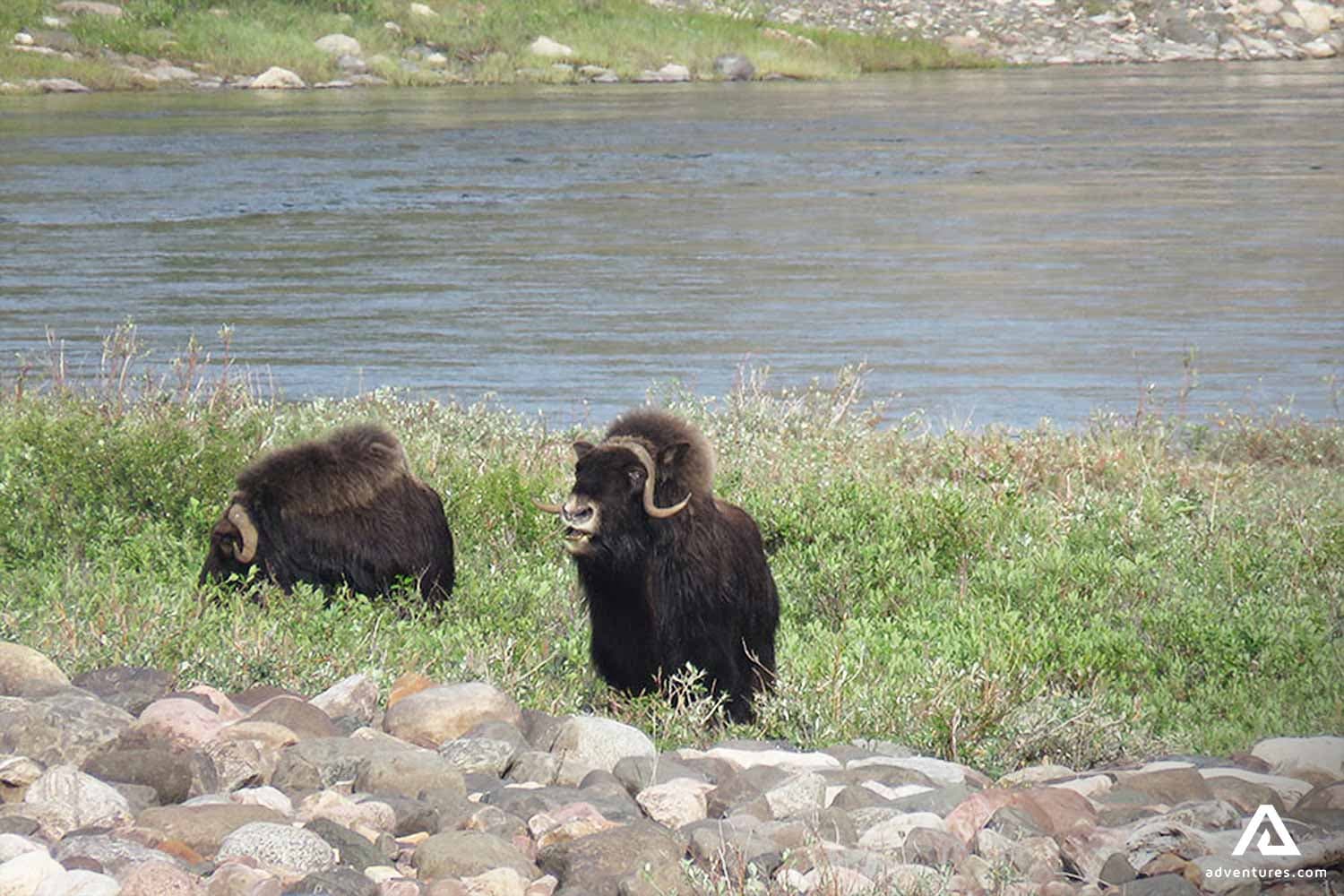
Nunavut Quick Facts
- Capital: Iqaluit
- Area: 2,038,722 sq km (787,155 sq mi)
- Nunavut is incredibly big. If it were its own country, it would rank 15th in size.
- The territory has four official languages: English, French, Inuktitut, and Inuinnaqtun.
- Nunavut means “Our Land” in Inuktitut.
- Nunavut is home to Alert, the world’s northernmost permanently inhabited place.
- Nunavut has five national parks. One of them, Auyuittuq National Park, boasts Mount Thor with the steepest vertical cliff on Earth at 4,101 ft (1,250 m).
Nunavut covers a large part of the Canadian mainland and the Arctic Archipelago. It extends about 1,700 km (1,050 mi) north and 11,000 km (6,800 mi) south of the Arctic Circle.
Nunavut Weather
Nunavut is Canada’s true north, so make sure to pack enough warm and windproof layers. However, summers in Nunavut are warmer than you might expect. During the season, temperatures range from 10°C (50°F) to 20°C (68°F). You might be lucky enough to wear shorts and t-shirts in the far Canadian north. But let’s not forget that Arctic weather is ever-changing and temperatures can quickly fall below zero, especially at night.
You might be lucky enough to wear shorts and t-shirts in the far Canadian north.
In general, Nunavut sees little precipitation through the year. Always be prepared for cold and dry temperatures.
The good news is that you’ll get to experience the Midnight Sun — a remarkable natural phenomenon when the sun stays visible at midnight — during the summer months. Enjoy sunlight for the full 24 hours on our summer trips to Nunavut.
Insider tip: Think of Nunavut’s summers as spring seasons farther south in Canada.
